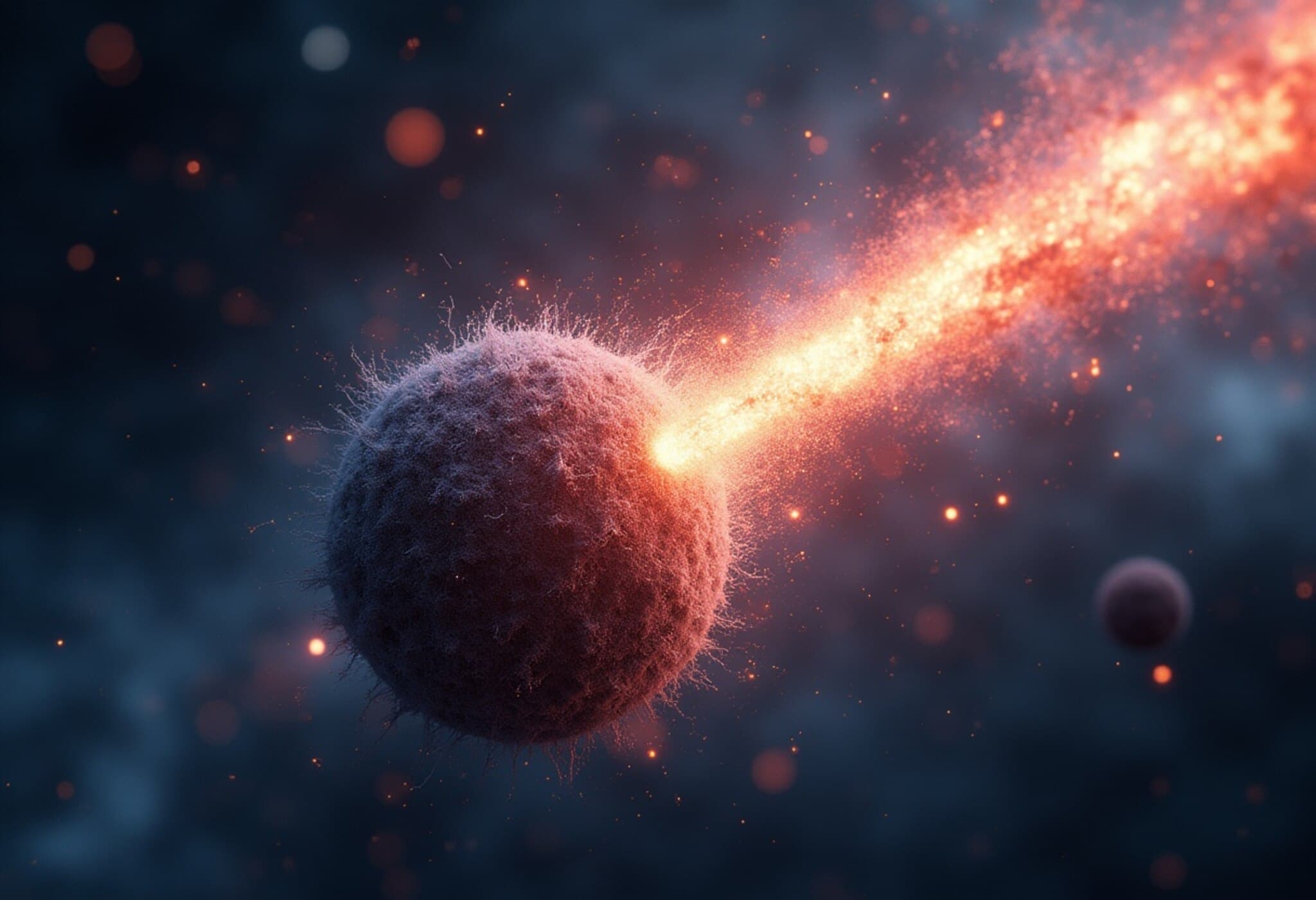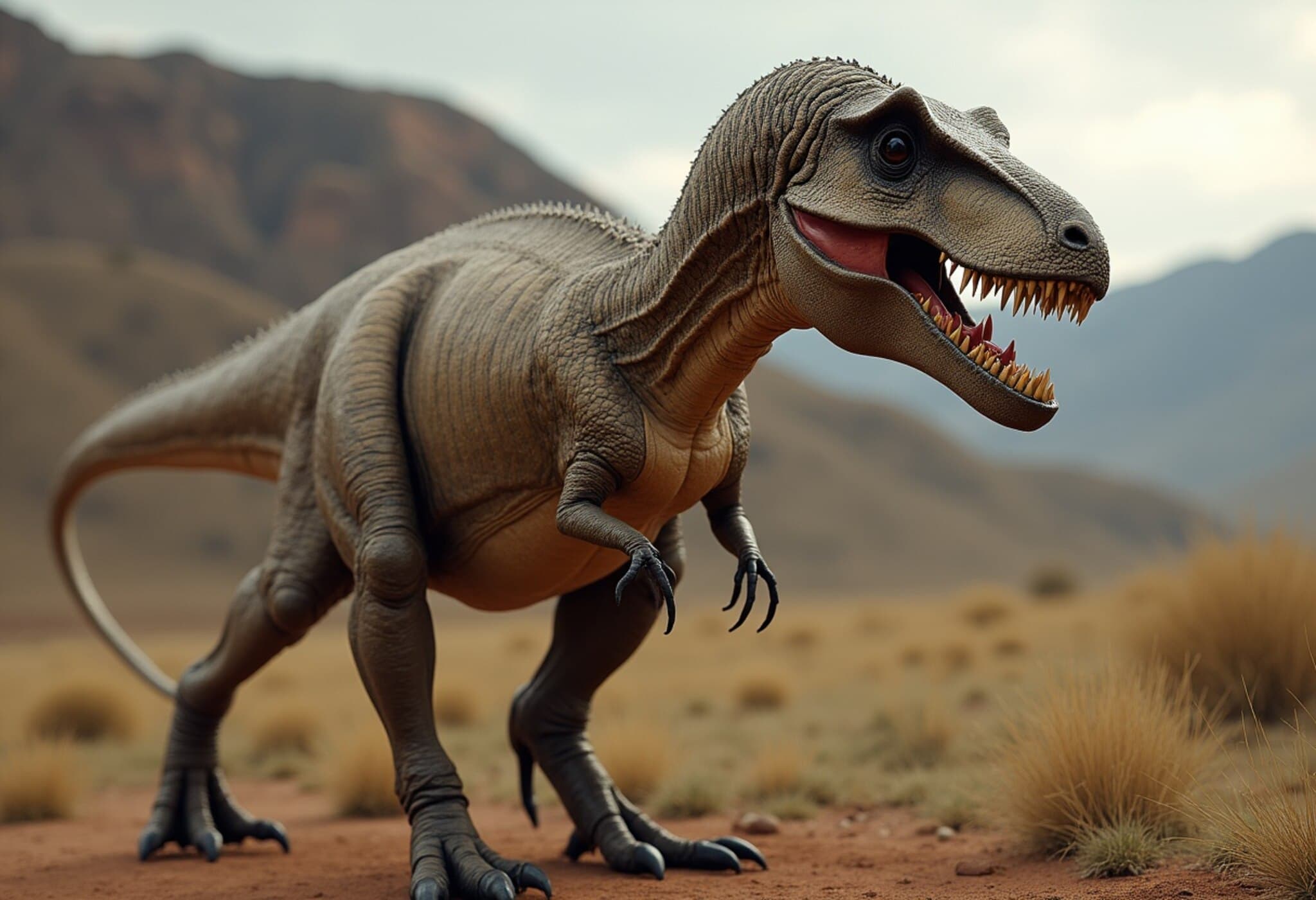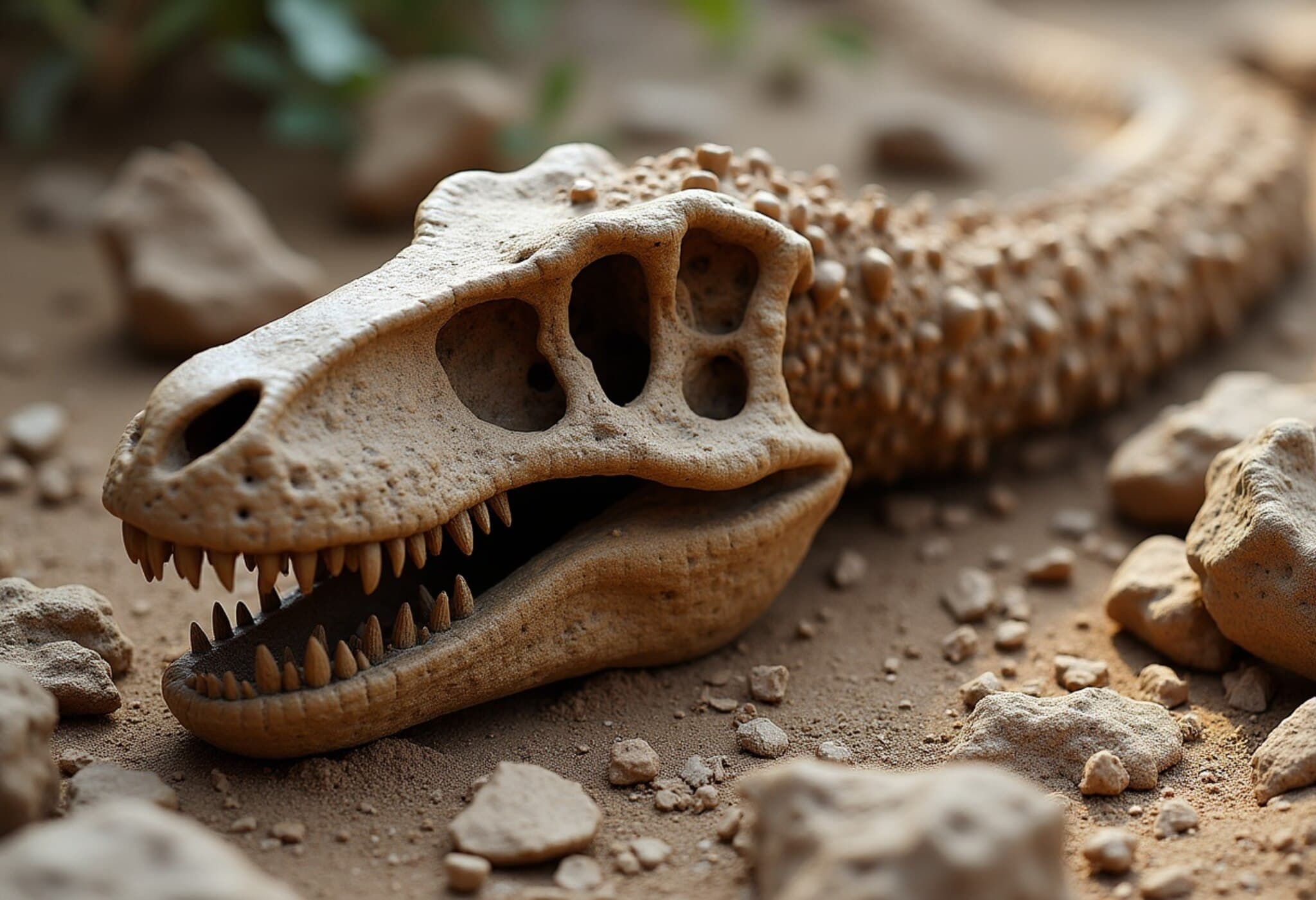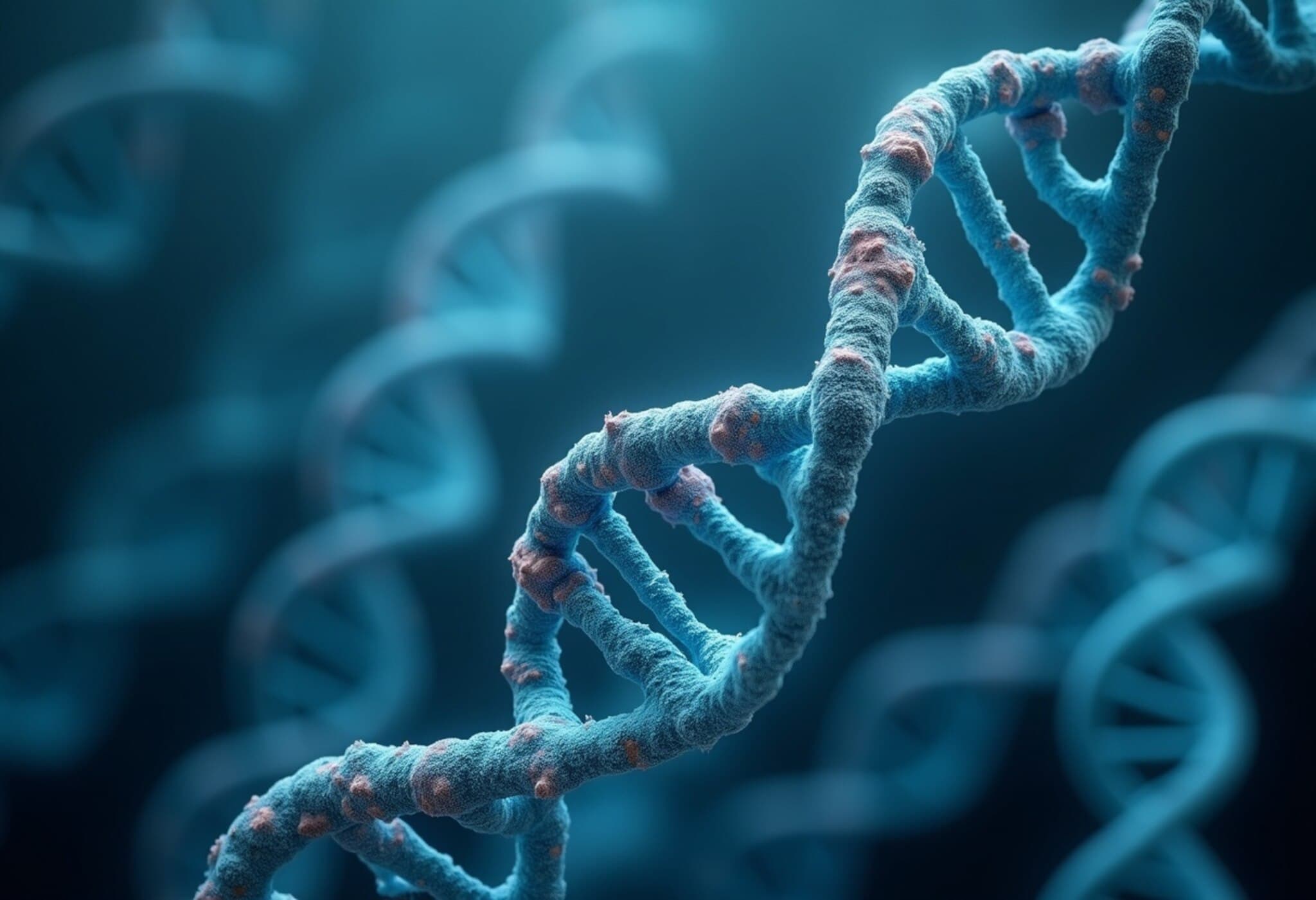Scientists at CERN Unlock New Clues to Universe’s Matter Mystery
In a groundbreaking development, researchers at the European Organization for Nuclear Research (CERN) have moved closer to solving one of physics’ most profound riddles: Why does the universe exist predominantly as matter? A recent study conducted with the Large Hadron Collider beauty (LHCb) experiment reveals new evidence of a rare and elusive phenomenon known as charge–parity (CP) violation occurring in baryons—subatomic particles composed of three quarks.
Understanding the Cosmic Imbalance
From the earliest moments after the Big Bang, matter and antimatter were theoretically created in equal amounts. Yet, today, our universe is overwhelmingly dominated by matter, while antimatter is strikingly scarce. This discrepancy has puzzled scientists for decades.
The LHCb collaboration’s latest findings shine a spotlight on this cosmic mystery by observing CP violation in the decay of beauty baryons—particles containing a bottom quark. Their study, published in the prestigious journal Nature, reports CP symmetry breaking during a specific decay involving a proton, a kaon (K−), and two pions (π+ and π−).
What Is CP Violation and Why Does It Matter?
CP violation refers to processes where the laws of physics differentiate between matter and antimatter. Historically, CP violation has been observed in mesons, particles formed from a quark and an antiquark. But baryons—trio quark systems that make up the protons and neutrons in atoms—have been relatively unexplored territory.
This new discovery is pivotal because it marks the first unambiguous observation of CP violation in baryons. Specifically, the LHCb team studied two competing quark-level decay paths involving transitions b → u and b → s. The imbalance in decay rates between matter and antimatter versions of the baryon indicates a fundamental asymmetry in the laws of physics.
Implications for Fundamental Physics and Beyond
Dr. Elena Fermi, a particle physicist not involved in the study, explains, “Detecting CP violation in baryons broadens our understanding of why matter prevailed post-Big Bang. It’s an essential piece in the puzzle of cosmic evolution and may help refine or extend the Standard Model of particle physics.”
Still, this discovery raises fresh questions. The amount of CP violation observed in previously known processes isn’t sufficient to explain the universe’s matter dominance. Could baryonic CP violation account for the missing link? Scientists remain cautiously optimistic.
Looking Ahead: The Pursuit of the Universe’s Origins
- Expanded Experimental Searches: Future LHC runs aim to collect more data to confirm and expand on these CP violation signals in baryons.
- Theoretical Development: Physicists hope to develop new models or extensions to the Standard Model that incorporate these findings.
- Cosmological Connections: Understanding matter-antimatter asymmetry impacts our knowledge of early universe conditions, potentially influencing dark matter and energy research.
While the universe keeps many secrets close, breakthroughs like these remind us how incremental scientific curiosity and cutting-edge technology can peel back the layers of cosmic history.
Editor’s Note
This landmark study from CERN offers a fresh lens on one of the universe's oldest puzzles: why does anything exist? For readers, it is a crucial reminder that our cosmos is shaped not just by grand explosions but by subtle asymmetries at the quantum level. As we continue to probe these forces, we must ask—what other hidden imbalances could shape our reality? And how might this inform the future of physics, cosmology, and perhaps even philosophy?











